Savings - Savings - Savings
The CEO’s organizational mandate is given “Revenues are down. Expenses must be cut.” The CFO’s natural reaction is to look for expense reductions in departments that are wide viewed as cost centers, like human resources, IT, accounting and, of course, the legal department. The Chief Legal Officer’s new mission critical initiative is savings. At a time when the risk profile and legal exposure of many organizations approaches extreme levels, the legal department must cut costs and drive savings while mitigating risk. It’s probably a misguided approach, but as they say, “it is what it is.”
The drive for “savings” is a broad and elusive concept to which many CFOs aspire. But sustainable savings is hard to realize, and a short-term approach may not yield the results.
The mechanical approach is to ask outside counsel to reduce rates. You push legal rates down only to find you pay for more hours. And is it really smart to nickel and dime a soldier of the front line. You think you have negotiated the perfect AFA. Now you have to monitor the metrics and hope that the B-team functions as well as the premier team. Or perhaps the assumptions were wrong, or the scope changed. You send an entire matter to a firm that you seldom use with the promise of better project management only to find they could not deliver on the substance.
It's a contrarian view in the legal industry but AFAs don’t result in optimal results.
Other cost savings techniques are just that…techniques.
In the end, there are only two ways to achieve any sustainable measure of success. (1) Enforce Outside Counsel Guidelines (OCGs) and (2) Shift selected work to lower cost models.
Enforcing the OCGs is a very straightforward process. Most law departments have OCGs and have already published them to their law firms. You start by re-sending them a copy because they have probably never looked at them or could even find them. Remind them that this is nothing new and you are going to start paying attention them when you are reviewing their invoices. Doing the invoice review is just as easy, you retain Legal Decoder. Our compliance engine is already built for OCG enforcement and has 46 prebuilt flags that identify problems and irregularities. It will report invoice by invoice exactly what was in compliance and what was not. We do the math and compute the invoice adjustment with line by line explanation.
Shifting work is almost as easy. But there is a trick. You need to understand what work products are being delivered and by who. Broad codes or UTMBS phases are not granular enough for the analysis you need to do. There is good news here from Legal Decoder as well; we are data driven. Our analytics engine understands both the work product and what action (read, write, research, analyze, etc..) was being done. For example, we can identify how much time was spent reviewing a motion or how much time was spend writing a brief. When you understand the work product and activity then you are in a position to determine which tasks should be performed by who. It may make sense to bring some things in house or send them to an outsourcing agency.
Let us show you how we do it. We can find immediate savings from invoices you have received and not paid. Then turn that into a sustainable savings process.
